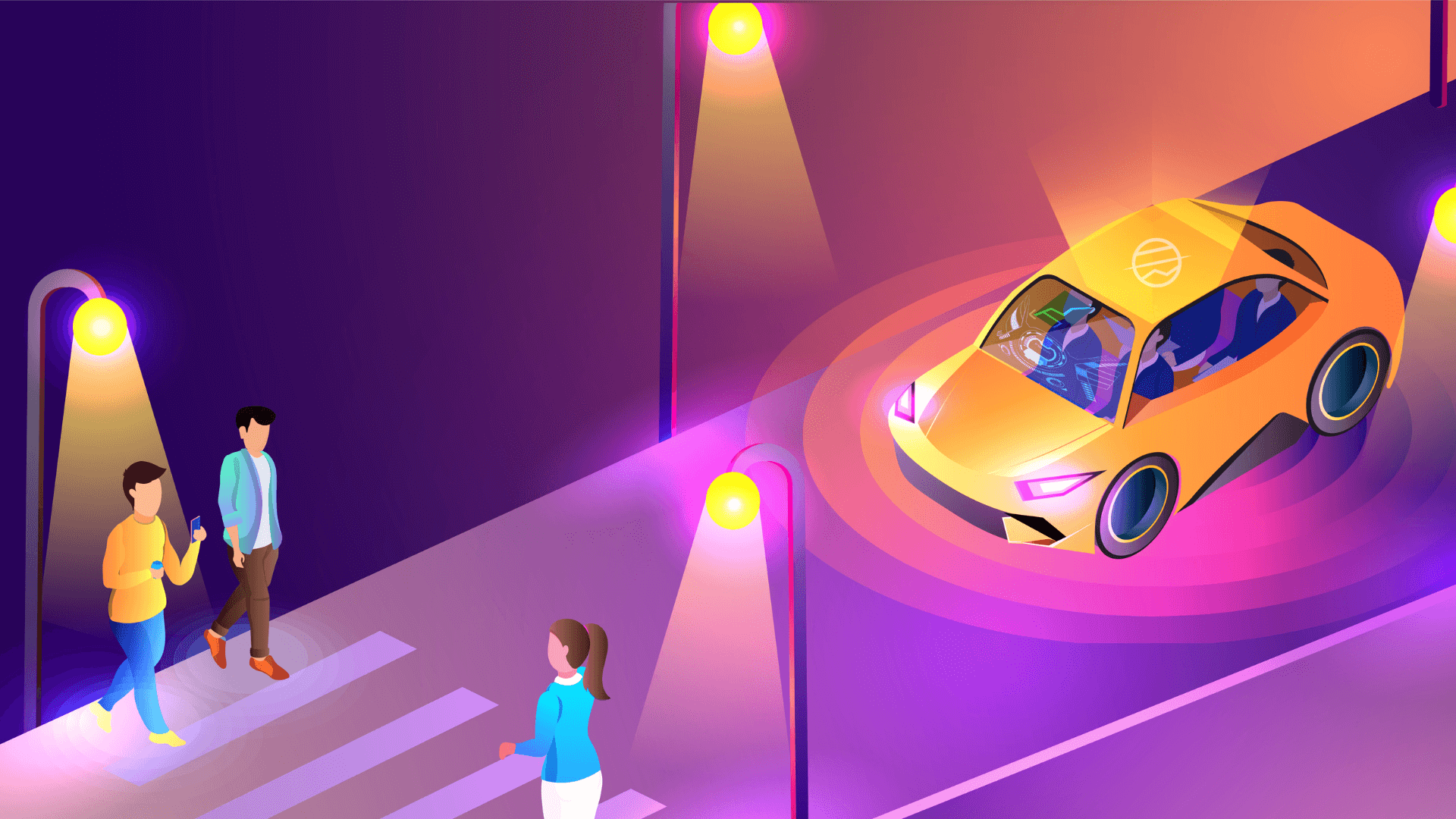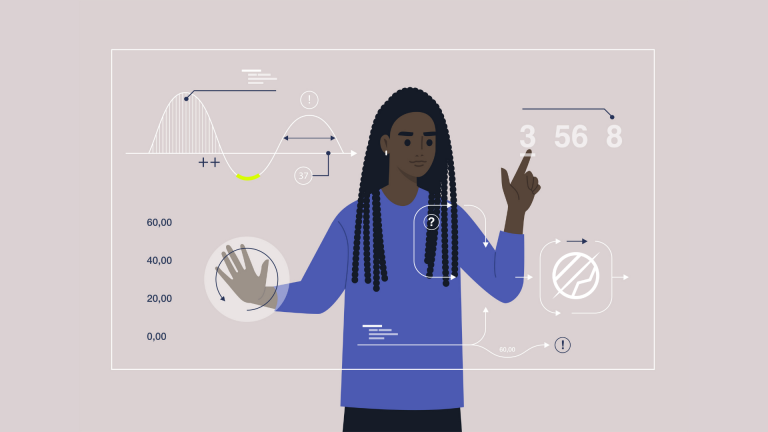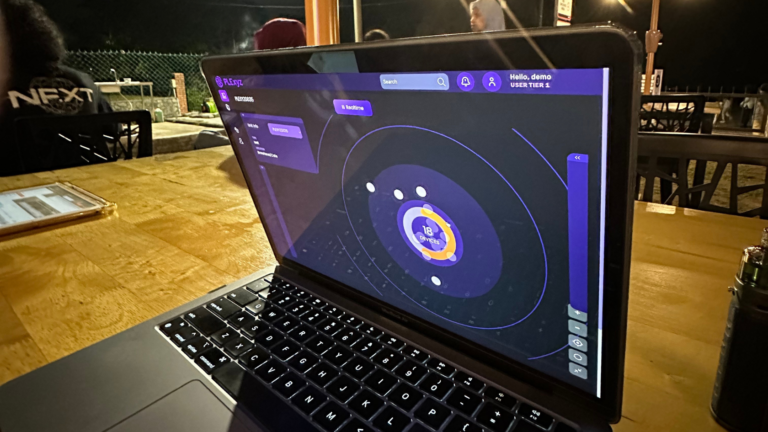by Ridzwan Razalee
A self-driving is a car that can drive itself from a starting point to a predetermined destination. It does so while on autopilot, using various in-vehicle technologies and sensors, such as adaptive cruise control, active steering, anti-lock braking systems, GPS navigation technology, lasers and radar.
The autonomous vehicle (AV) is one of the loftiest aspirations of recent human history and has helped set new technological standards.
Here are areas where AV advancements have set new standards for the tech world:
1. Artificial Intelligence
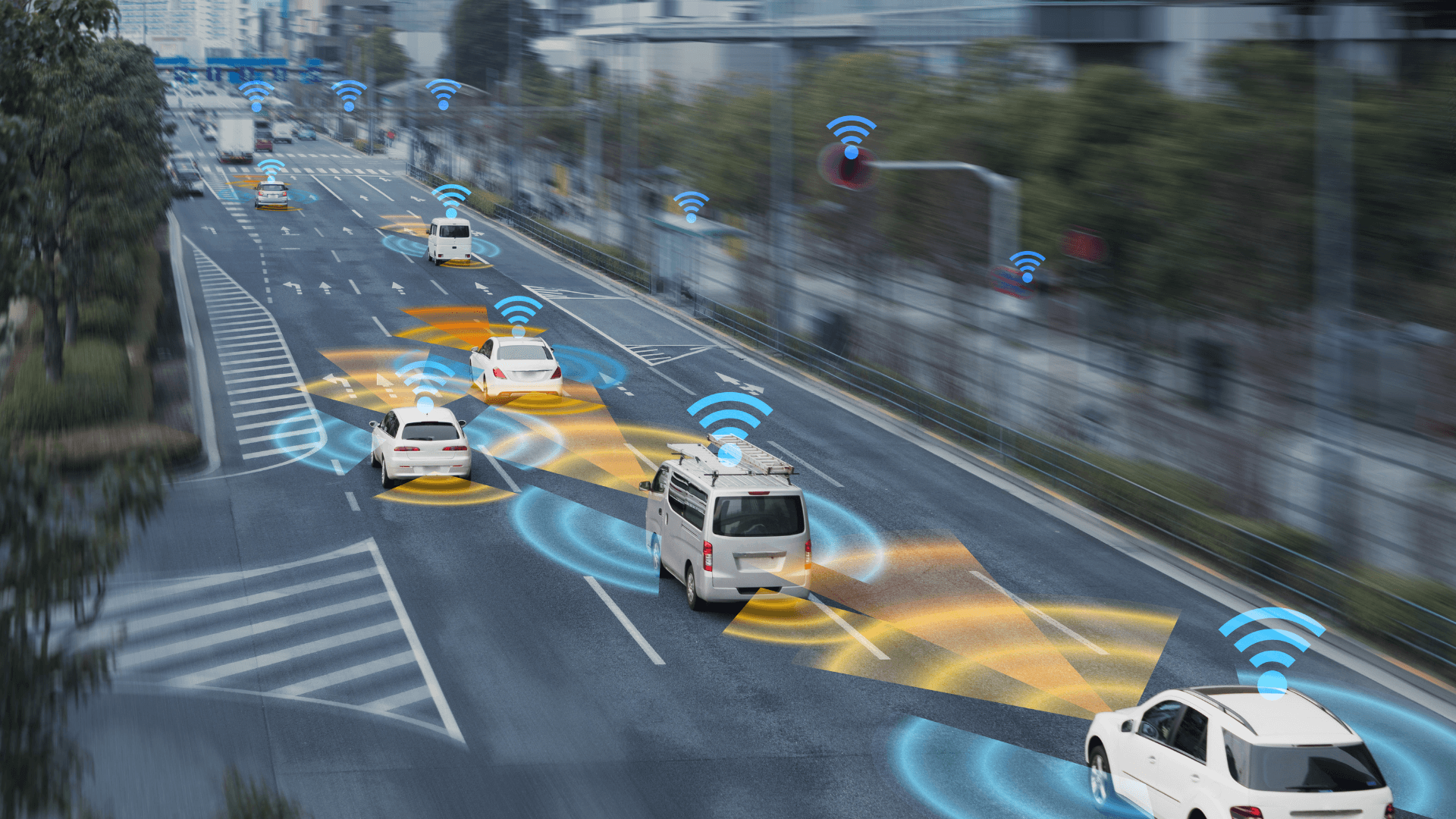
Artificial Intelligence (AI) is one of the driving forces in moving AV closer to our daily lives. AI has played a significant role in many organizations’ efficiency and productivity by automating repetitive tasks and sometimes dangerous tasks. Many experts like Sadana see deep learning as the most vital technology for autonomous driving AI.
Deep learning mimics neuron activity and has three or more layers, creating a neural network. This neural network could support functions like voice/speech recognition, voice search, image recognition and processing, motion detection and data analysis.
Once these functions work together, they can help vehicles recognise other cars, and pedestrian traffic and adhere to map-out routes. With all this data which needs processing by AV, it is no wonder that the AI market is responding to the growing AV market. Forecast reports that the automotive AI market will reach more than 10.5billion by 2025.
Artificial Intelligence is the foundation of making the autonomous vehicle successful, and therefore the advancement of AI must be rock solid. For it’s not just processing the data the AV is receiving and retrieving, but also the surrounding infrastructure.
2. Sensor technology
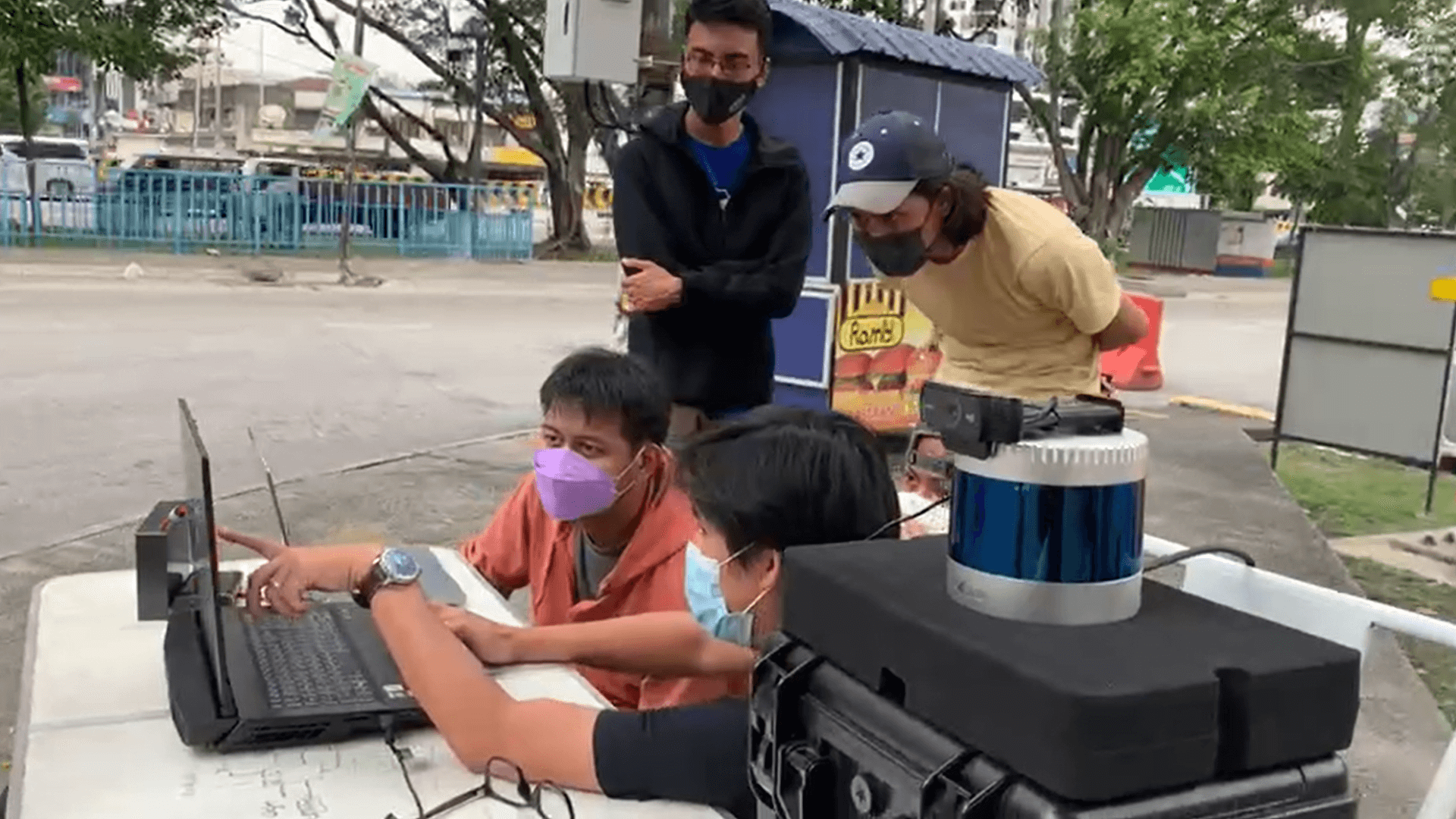
Radar, lidar, and cameras are some fundamental sensors that an AV requires to function. And we have seen them playing a role in current vehicles as well. Cameras are now being installed in front and back of the car to help assist in driving. Reverse cameras and sensors are already at new heights in making the drive safer and smoother.
These technologies already have a foundation that will enable AV to operate safely at six different levels:
- Level 0- No driving Automation. Only driven manually.
- Level 1- Driver assistance. The lowest level of automation. Assist drivers in functions such as cruise control.
- Level 2- Partial Driving Automation. The vehicle may control both steering and acceleration/deceleration.
- Level 3- Conditional Driving Automation. Environmental detection may allow the vehicle to make decisions.
- Level 4- High Driving Automation. A level 4 vehicle may intervene if something goes wrong. However, a human may still override the system manually.
- Level 5- Full Driving Automation. Do not require human attention where the dynamic driving task is eliminated.
The next step for these technologies to make these levels possible would be Ai-enhanced sensors. The sensors must be able to provide accurate images of the car’s environment and can react to the data it’s capturing.
So, the sensors attached must be able to adapt automatically to various lighting, weather conditions, and changing traffic, reacting towards pedestrians, cyclists, and other vehicles.
While we are heading towards that future, sensor traffic technology is being refined by the day to ensure the best would be available for the AVs of tomorrow.
3. Safety and Security
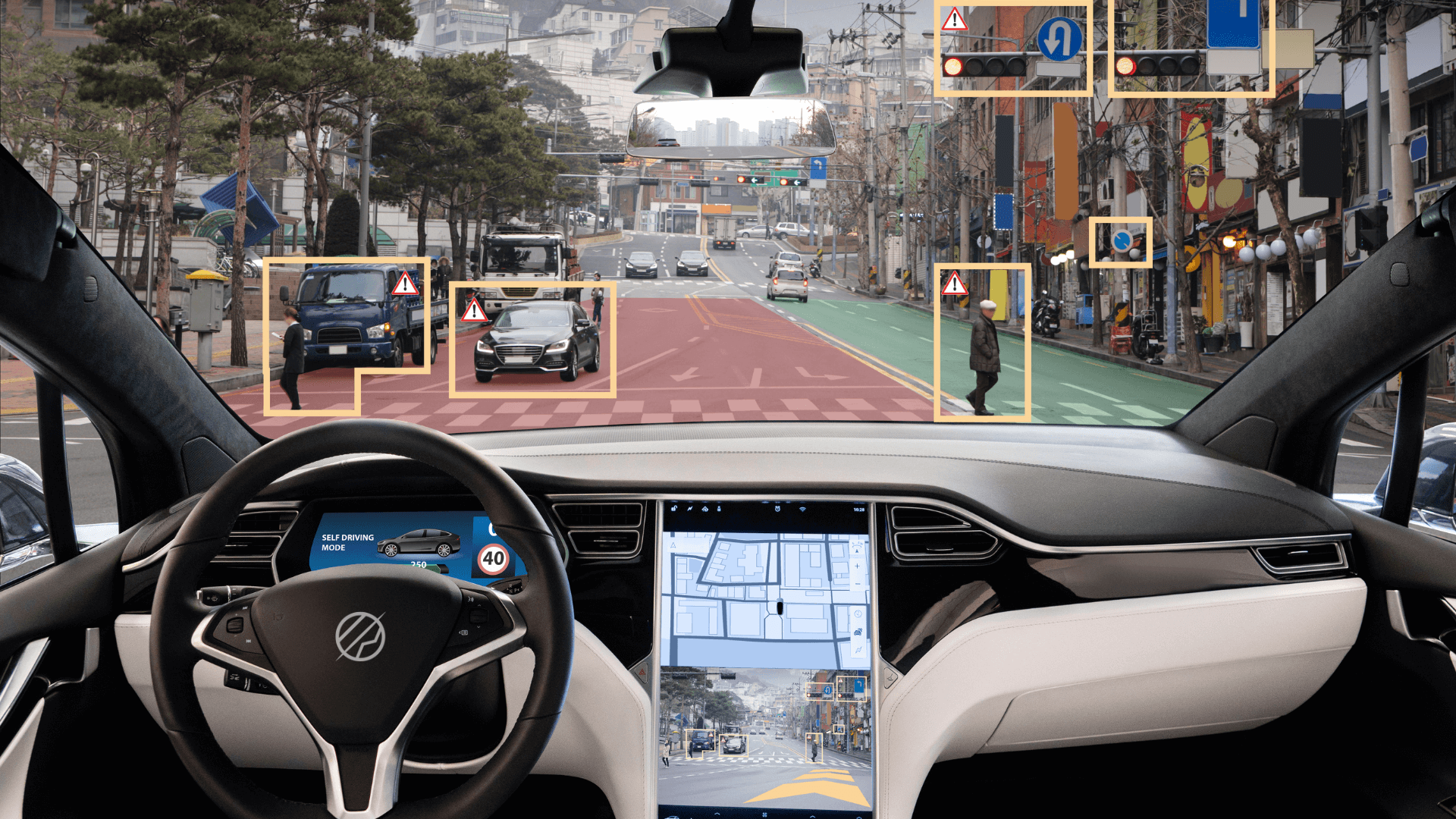
Safety and security should always be at the forefront of technology and the community they serve. However, AV is making the road network reassess the safety and security of their road users. The road can never be too safe, and further work and polishing are always welcome.
AV security would need more countries to review their road systems for the next 20-50 years and craft the best plan to ensure safety and security for a flourishing community. Autonomous vehicles need to operate at the safest level, which is akin to a train network moving around the city.
Human error should be a thing of the past once AV makes its way into our lives, and for this to be possible, the safety protocol of road networks needs to reach a new level.
However, AV security and safety do not just mean physical safety but also cyber security. Personal data are becoming more exposed each day, as both persona and public devices interact and connect more each day.
New security weaknesses are constantly discovered, for exploitation, which requires tech companies to stay ahead of the curve. Securing user data on all fronts is a must for autonomous vehicles. From their private to professional lives, these are things that AV must consider when the commercialization of the product begins.
Tech companies are constantly battling for a safer virtual space for everyone. So, many are working to build a robust security system within these devices for further future usage.
4. Infrastructure
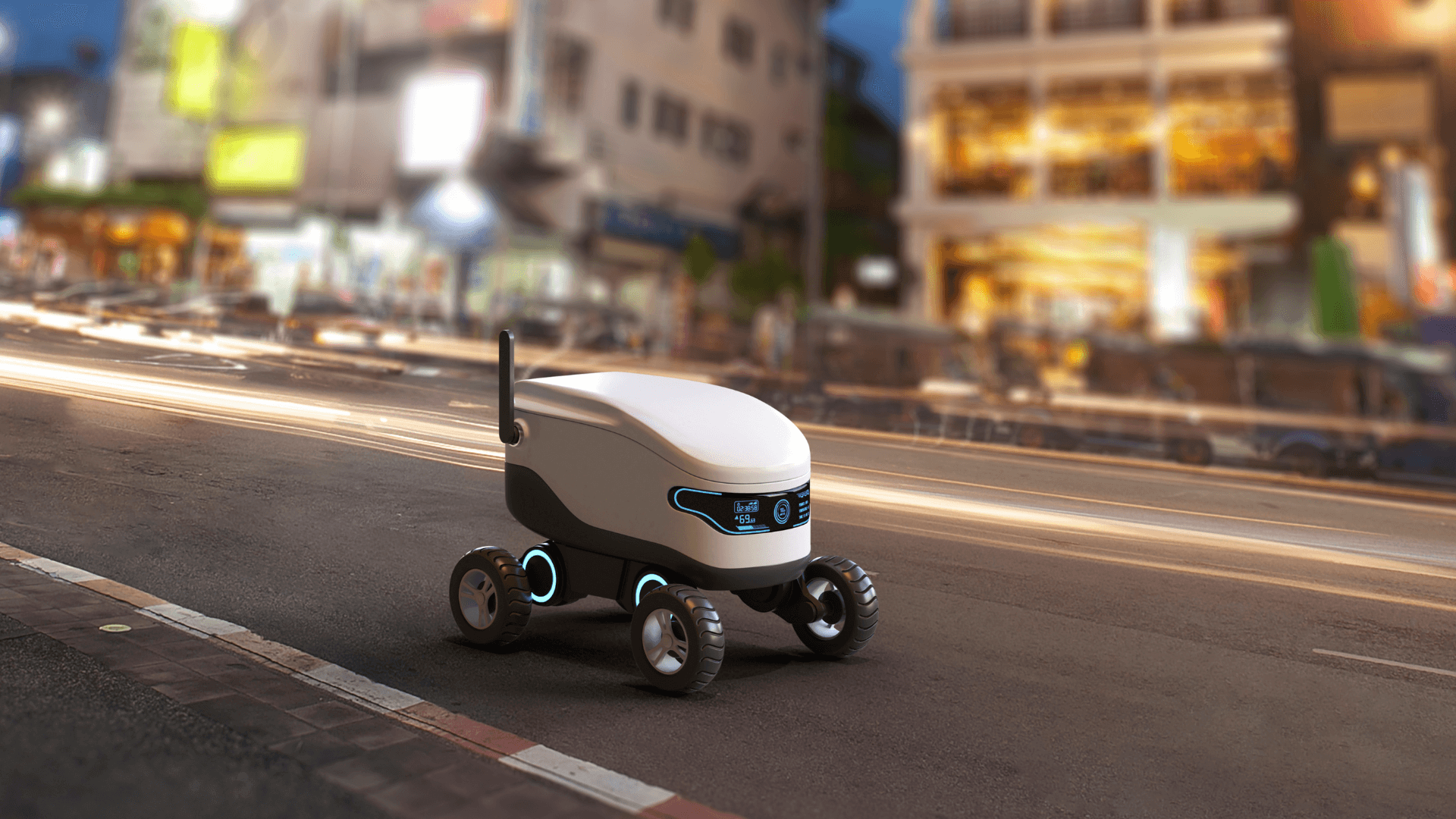
AV is highly dependent on the infrastructure it finds itself. No matter how powerful of a vehicle one AV is, it will still not be able to operate optimally without the right surroundings. Roads would require sensors and street signs that send signals to AVs for navigating around a city.
Keeping updated on AV development is just as essential in developing roads that will be friendly for autonomous driving. Since new progress is made every other day for the best quality, many cities must be adaptable to the changes with the intent of creating an infrastructure that is both sturdy and flexible.
A communication network is a necessary infrastructure as well. Since communication between vehicle to vehicle and vehicle to infrastructure is required for AVs to operate. 5G technology is currently a high-speed connection which promises to improve connectivity between these vehicles. So, the speed at which we can instantly transfer data will only improve over time, and even more so with Autonomous Vehicle.
Raising The Bar For Tech R&D

Every new technology presented to us will always ask the others around them to raise their standards, such as constantly improving with time, and finding new ways in order to raise our standards.
Since we first started with this project, we are constantly making sure that the car can drive by itself safely with human monitoring in case an intervention is required. As for now, there are definitely more things that we can do with the Autonomous Vehicle or sensor traffic technology that is currently used to collect data on the weather, the number of cars on the road, and pedestrians.
Check out our other article about our work in traffic counting with Murata here: https://reka.re/blog/improving-traffic-congestion-with-technology/




